Preschool transition activities are essential for preparing young children to navigate changes smoothly. These structured and fun strategies help ease anxiety, build readiness, and foster a positive start to their educational journey, ensuring a seamless shift from one environment to another while encouraging social, emotional, and academic growth.
1.1 Importance of Transition Activities in Early Childhood Education
Transition activities are vital in early childhood education as they help children adapt to changes, reducing separation anxiety and fostering independence. These activities promote emotional resilience, social skills, and cognitive preparedness, ensuring a smoother shift from home to school. By incorporating structured routines and collaborative play, educators can address children’s fears and excitement, laying a strong foundation for lifelong learning. Transition activities also encourage parent-teacher collaboration, creating a cohesive support system that enhances school readiness and overall development. They are essential for building confidence and equipping children with the tools needed to thrive in new environments.
1.2 Overview of Transition Activities for Preschoolers
Transition activities for preschoolers include structured routines, visual schedules, and role-playing to ease shifts between environments. Games, storytelling, and collaborative play foster social-emotional growth. These activities are designed to be engaging and fun, helping children adapt to new settings. Teachers often use tools like puppets or visual timers to prepare kids for changes. parent-teacher collaboration strengthens support networks. Such practices ensure smooth transitions, reduce anxiety, and build confidence, creating a positive foundation for future academic and social success.
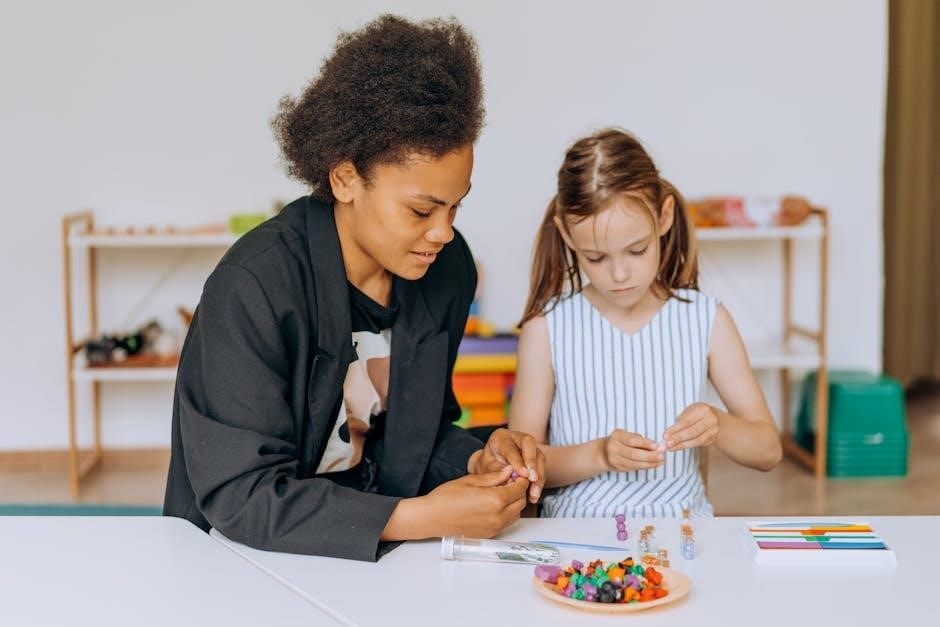
The Role of Educators in Facilitating Smooth Transitions
Educators play a vital role in facilitating smooth transitions by creating structured routines, using visual aids, and engaging children in fun, educational activities that ease anxiety and promote readiness for upcoming changes.
2.1 Strategies for Preparing Children for Classroom Transitions
Effective strategies for preparing children include using visual schedules, role-playing, and transition songs. These methods help children anticipate changes, reducing anxiety. Educators can also incorporate small group activities to practice social skills and routines. Introducing classroom rules and expectations gradually ensures a smooth adaptation. Additionally, involving families in transition planning and providing consistent feedback fosters a collaborative approach. By creating a predictable environment, educators empower children to manage transitions confidently, laying a strong foundation for future academic and social success.
2.2 How Teachers Can Align Practices with Transition Goals
Teachers can align their practices with transition goals by using visual schedules and consistent routines, which help children predict and adapt to changes. Incorporating transition songs and movement activities encourages engagement and reduces resistance. Educators should also collaborate with families to share strategies and maintain continuity. Professional development and resources, such as PDF guides, provide teachers with evidence-based methods to support smooth transitions. By fostering a supportive environment and using intentional teaching practices, educators can help children build resilience and confidence, ensuring alignment with transition objectives and promoting long-term success.
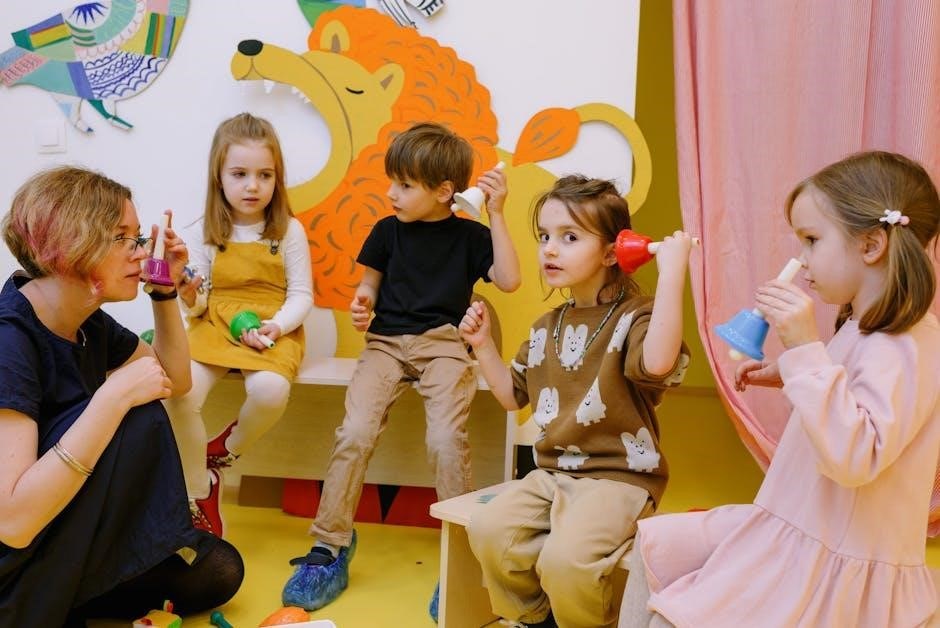
Home-to-School Transition Strategies
Home-to-school transition strategies focus on creating a structured routine and open communication between families and educators. Activities like visual schedules and role-playing help children adjust smoothly, ensuring emotional readiness and academic preparation for the school environment while fostering collaboration between parents and teachers to support the child’s development.
3.1 Involving Families in Transition Activities
Involving families in transition activities is crucial for a child’s smooth adjustment to school. Parents can participate by engaging in home-based tasks, such as creating visual schedules or role-playing school routines. Open communication with educators ensures consistency and alignment of efforts. Families can also attend joint transition programs and workshops, where they learn strategies to support their child’s readiness. By fostering collaboration, parents and teachers create a unified approach that addresses the child’s emotional and academic needs, making the transition process less daunting and more manageable for everyone involved.
3.2 Creating a Structured Routine for School Readiness
Establishing a structured routine is key to preparing children for school. A consistent daily schedule helps them adapt to time management and expectations. Introduce activities like mock school mornings, practice packing backpacks, and role-playing classroom behaviors. Visual schedules and timers can ease transitions and reduce anxiety. Incorporate academic readiness tasks, such as tracing shapes or identifying letters, into playtime. Encourage independence by teaching self-care skills like tying shoes or using the bathroom. A predictable routine fosters emotional stability, helping children feel secure and confident as they prepare for the next step in their educational journey.
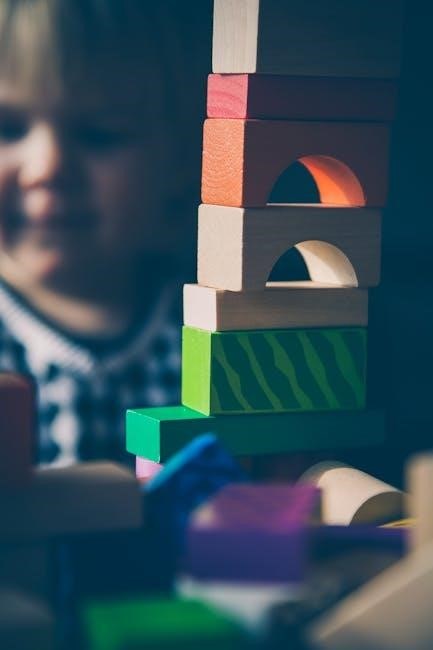
Joint Transition Activities for Preschool and Primary School
Collaborative efforts between preschool and primary school educators create seamless transitions. Joint activities ensure alignment in expectations, fostering a smooth academic and social progression for children.
4.1 Planning Collaborative Transition Programs
Planning collaborative transition programs involves joint efforts between preschool and primary school educators. These programs aim to align curricula, teaching methods, and expectations, ensuring a seamless transition. Activities are designed to familiarize children with the primary school environment, while educators share insights and strategies. Feedback from teachers, parents, and children helps refine these programs, making them more effective. Consistent communication and structured planning are key to creating a supportive and predictable pathway for young learners moving to the next stage of their education.
4.2 Fun and Easy Activities to Ease the Transition
Engaging in fun and easy activities can make the transition from preschool to primary school less intimidating. Simple games like role-playing school scenarios or creating a visual timeline of the school day help build familiarity. Activities such as visiting the new classroom, meeting teachers, or participating in joint art projects with future classmates foster excitement and confidence. These playful approaches reduce anxiety and create a positive outlook, ensuring children feel prepared and enthusiastic about their next educational step.
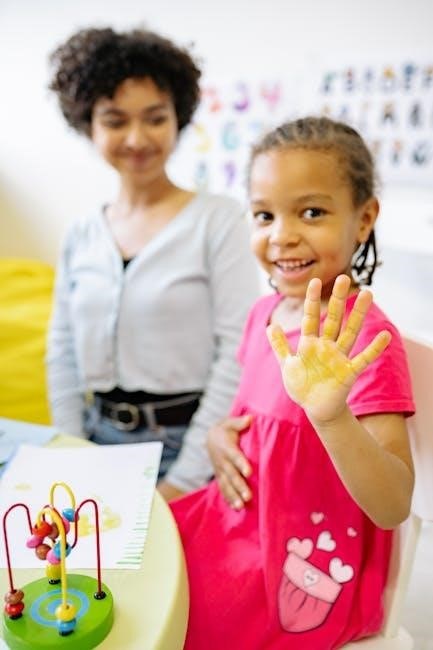
The Role of Parents in Supporting Transition
Parents play a vital role in supporting their children’s transition by aligning home routines with school expectations, fostering open communication, and emotionally preparing their kids for new environments.
5.1 How Parents Can Prepare Their Children for School
Parents can prepare their children for school by establishing consistent routines, encouraging independence, and fostering a love for learning. They should discuss school expectations openly, helping kids build social skills and emotional resilience. Involving children in activities like packing lunches or selecting outfits can create excitement and readiness. Parents can also engage in joint transition activities with educators, ensuring alignment between home and school practices. By addressing anxiety and excitement together, parents set a strong foundation for a smooth and confident transition to the next educational stage.
5.2 Coordinating Services Between Agencies and Schools
Coordinating services between agencies and schools ensures a seamless transition for children with special needs or requiring additional support. Parents play a key role by actively engaging with educators and service providers. This collaboration involves sharing information, setting common goals, and aligning resources to meet each child’s unique needs. Regular communication and joint planning sessions can help identify gaps and optimize support systems. By fostering partnerships, families and educators create a cohesive network that promotes continuity in care and education, ultimately enhancing the child’s readiness and success in the transition process.
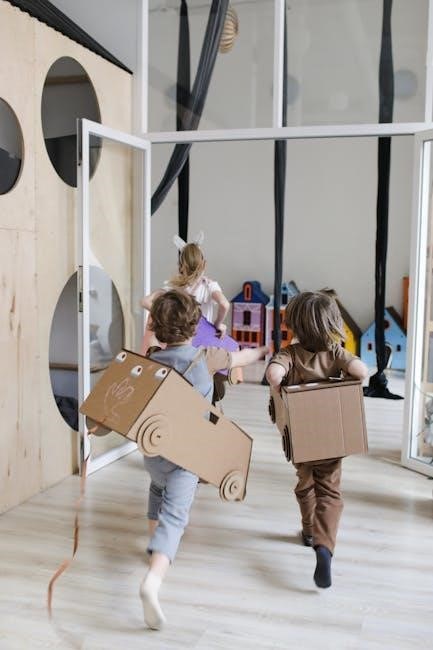
Emotional and Social Support During Transitions
Transitions can evoke anxiety and excitement in children. Providing emotional support helps them manage feelings and build confidence. Teaching social skills fosters collaboration and ease in new environments.
6.1 Addressing Children’s Anxiety and Excitement
Children often experience mixed emotions during transitions, ranging from anxiety to excitement. Open communication and reassurance are key to addressing these feelings. Encourage children to express their emotions and concerns. Role-playing activities can help them process transitions in a safe environment. Providing clear explanations and familiarizing them with new settings reduces uncertainty. Involving parents in discussions ensures consistent support at home. Establishing predictable routines and offering comfort objects can ease anxiety. Celebrating their excitement fosters a positive outlook. Creating a supportive and understanding environment helps children navigate these emotional shifts confidently, ensuring a smoother transition process overall.
6.2 Teaching Social Skills for a Smooth Transition
Teaching social skills is vital for a seamless transition, as it helps children interact effectively with peers and teachers. Activities like role-playing, group games, and storytelling can foster cooperation, empathy, and communication. Encourage sharing, turn-taking, and problem-solving to build confidence. Positive reinforcement, such as praise, reinforces good behavior. Visual aids like charts or pictures can guide children in understanding social cues. Collaborative tasks promote teamwork and mutual respect. By nurturing these skills, children develop the ability to adapt socially, making their transition to new environments less stressful and more successful, while fostering lifelong social competence.

Assessing Readiness for School Transition
Assessing readiness involves evaluating social, emotional, and academic skills to ensure children are prepared for the next stage. Tools like checklists and observations guide educators and parents.
7.1 Identifying Key Indicators of School Readiness
Key indicators of school readiness include social-emotional skills, language development, and basic academic abilities. Children should demonstrate independence, curiosity, and the capacity to follow routines. Assessments often involve observation checklists and developmental screenings to evaluate areas like problem-solving, communication, and self-regulation. These tools help educators and parents identify strengths and areas needing support, ensuring a smooth transition to formal schooling. By focusing on these indicators, interventions can be tailored to meet individual needs, fostering a strong foundation for future academic success.
7.2 Tools and Methods for Assessing Transition Readiness
Assessing transition readiness involves using tools like developmental checklists, observation forms, and skill assessments. These methods help identify a child’s strengths and areas needing support. Teachers and parents can collaborate to gather insights through structured activities and daily interactions. Standardized assessments, such as school readiness screenings, provide objective data. Additionally, portfolios of a child’s work and progress tracking sheets offer a comprehensive view. These tools enable educators to tailor transition strategies, ensuring each child is well-prepared for the next educational phase.
Resources and Tools for Transition Activities
Valuable PDF guides, online platforms, and educational blogs offer practical transition strategies. Resources like Learning Without Tears and collaborative tools help educators and families support children effectively.
8.1 Recommended PDF Guides for Preschool Transitions
Several PDF guides are available to support preschool transitions, offering practical strategies and activities. Resources like the “Joint Transition Activities for Preschools and Primary Schools” tip sheet provide actionable ideas. The HighScope approach and Learning Without Tears blog also offer downloadable guides with structured activities to ease transitions. These PDFs include tools for assessing readiness, engaging families, and teaching social skills. They are designed to help educators and parents collaborate effectively, ensuring a smooth and supportive transition for young children. These resources are widely recommended for their comprehensive and child-centered approaches.
8.2 Online Resources for Transition Ideas and Strategies
Various online resources offer innovative ideas and strategies for preschool transitions. Websites like the Learning Without Tears blog provide fun and easy activities to ease transitions. The “Joint Transition Activities for Preschools and Primary Schools” tip sheet is another valuable resource. Additional online tools include transition checklists, webinars, and forums where educators and parents can share experiences. These resources emphasize collaboration between home and school, offering practical approaches to support children’s emotional and academic readiness. They are accessible, user-friendly, and designed to empower educators and families with effective transition strategies.
